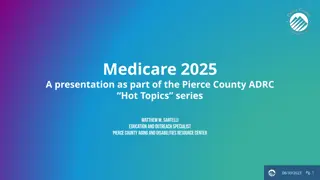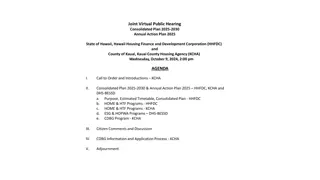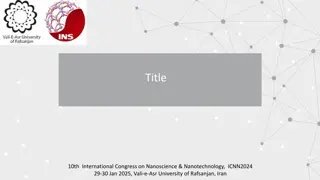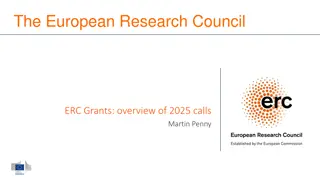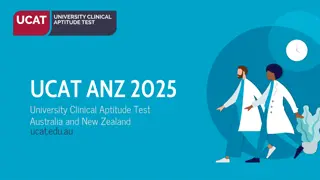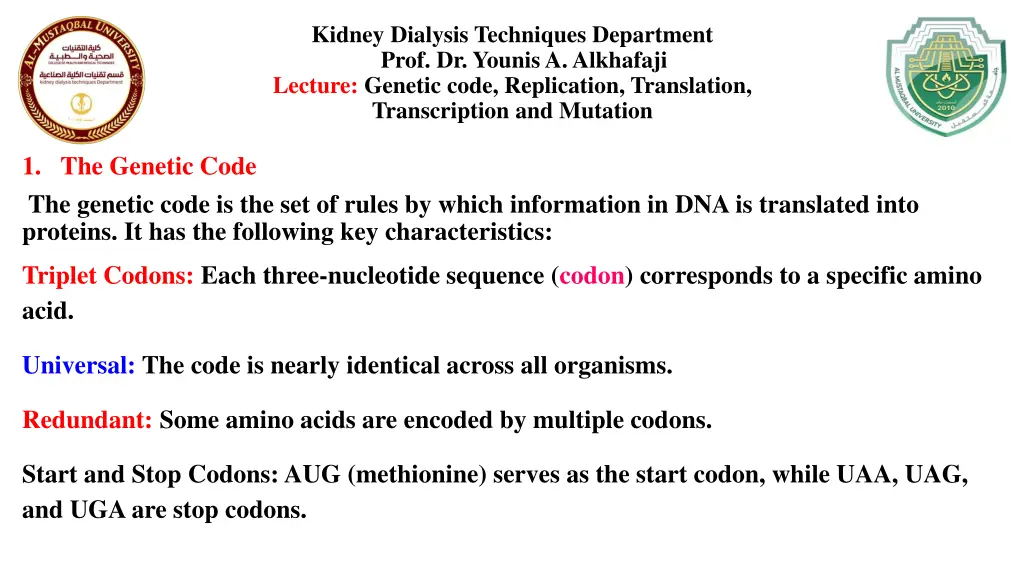
Understanding Genetic Code, Replication, Transcription, Translation, and Mutations
Explore the fundamental concepts of the genetic code, DNA replication, transcription, translation, and mutations. Learn about the key processes, enzymes involved, types of RNA, steps in protein synthesis, and causes of mutations in DNA sequences.
Download Presentation

Please find below an Image/Link to download the presentation.
The content on the website is provided AS IS for your information and personal use only. It may not be sold, licensed, or shared on other websites without obtaining consent from the author. If you encounter any issues during the download, it is possible that the publisher has removed the file from their server.
You are allowed to download the files provided on this website for personal or commercial use, subject to the condition that they are used lawfully. All files are the property of their respective owners.
The content on the website is provided AS IS for your information and personal use only. It may not be sold, licensed, or shared on other websites without obtaining consent from the author.
E N D
Presentation Transcript
Kidney Dialysis Techniques Department Prof. Dr. Younis A. Alkhafaji Lecture: Genetic code, Replication, Translation, Transcription and Mutation 1. The Genetic Code The genetic code is the set of rules by which information in DNA is translated into proteins. It has the following key characteristics: Triplet Codons: Each three-nucleotide sequence (codon) corresponds to a specific amino acid. Universal: The code is nearly identical across all organisms. Redundant: Some amino acids are encoded by multiple codons. Start and Stop Codons: AUG (methionine) serves as the start codon, while UAA, UAG, and UGA are stop codons.
2. DNA Replication DNA replication is the process by which DNA makes an identical copy of itself, ensuring genetic continuity. Semi-Conservative: Each new DNA molecule consists of one original strand and one newly synthesized strand. Key Enzymes Involved: Helicase: Unwinds the DNA double helix. DNA Polymerase: Adds new nucleotides to the growing strand. Ligase: Seals gaps in the sugar-phosphate backbone. Primase: Lays down RNA primers for DNA synthesis. Leading and Lagging Strands: DNA is synthesized continuously on the leading strand and discontinuously on the lagging strand (Okazaki fragments).
3. Transcription Transcription is the process of synthesizing RNA from a DNA template. Steps: Initiation: RNA polymerase binds to the promoter region. Elongation: RNA polymerase reads the DNA template and assembles complementary RNA. Termination: Transcription stops when a termination sequence is reached. Types of RNA: mRNA (messenger RNA): Carries genetic information from DNA to ribosomes. rRNA (ribosomal RNA): Forms the core of ribosomes. tRNA (transfer RNA): Delivers amino acids to the ribosome during translation.
4. Translation Translation is the process where ribosomes synthesize proteins based on mRNA sequences. Steps: Initiation: The ribosome assembles around the start codon (AUG). Elongation: tRNA molecules bring amino acids to the ribosome, and peptide bonds form. Termination: Translation stops at a stop codon, releasing the protein. Key Players: Ribosomes (site of protein synthesis) tRNA (brings amino acids) Codons (triplet sequences in mRNA)
5. Mutations Mutations are permanent changes in DNA sequences that can affect genetic function. Types of Mutations: Point Mutations (single base changes): Silent Mutation: No effect on the protein. Missense Mutation: Changes one amino acid. Nonsense Mutation: Creates a premature stop codon. FrameshiftMutations: Insertions or deletions that shift the reading frame.
Causes of Mutations: Spontaneous Mutations: Occur naturally due to replication errors. Induced Mutations: Result from environmental factors like radiation and chemicals. Conclusion Understanding the genetic code, DNA replication, transcription, translation, and mutations is essential in molecular biology. These processes are fundamental to life and play critical roles in medicine, genetics, and biotechnology. Errors in these processes can lead to genetic disorders, making their study crucial for advancements in genetic therapies and disease prevention.












